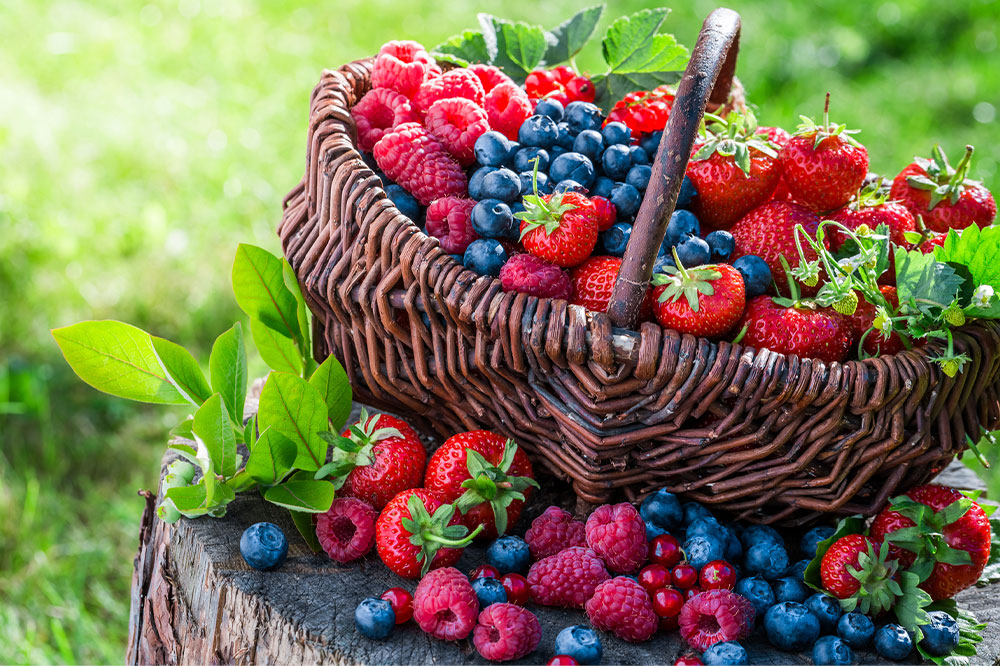Foods that help manage an overactive bladder

Overactive bladder, also commonly referred to as OAB, is commonly characterized by a frequent and sudden urge to pee. Individuals who experience OAB often face urinary incontinence, urgency, or high urinary frequency. OAB can be tackled in many ways, including physical therapy, certain foods, and even medication. This article focuses on discussing foods that can help improve bladder health and overactive bladder control, as well as various medications that are used to treat OAB.
Bananas
Fruits such as bananas can help improve bladder function. Bananas are high in fiber and contain lots of antioxidants that are good for the body. They are considered safe for OAB.
Berries
Cranberries contain acidic content that helps prevent the build-up of bacteria in the urinary tract. Blueberries are rich in antioxidants, which keep the body and urinary tract healthy. Remember to eat these foods in moderation as berries are acidic and can do harm if consumed over the required amount.
Cauliflower
Cauliflowers have tons of elements that are good for the body, including vitamin C, folates, and fibers. They also contain compounds known as indoles, which help control inflammation in the urinary tract and promote good bladder health.
Water
Many think that drinking less water is the solution to an overactive bladder. But, this could not be further from the truth. Drinking less water only makes the urinary tract more open to infections and inflammation. So, don’t forget to stay hydrated by drinking the right amount of water for your body.
Winter squash
Varieties of winter squash, such as butternuts and acorns, have high nutritional value. They contain many anti-inflammatory properties that can reduce inflammation in the bladder and promote urinary tract health.
Green beans
Green beans not only add color to your plate but also provide the body with tons of nutritional content. You can have them baked or raw, as they are very easy on the urinary tract.
Eggs and egg whites
Eggs are rich in protein and are known to be one of the least bothersome foods when it comes to different bladder conditions, such as overactive bladders.
Aside from food, individuals who want to improve their bladder control can also opt for medications. Common medications include the following.
Myrbetriq
Myrbetriq, also known as mirabegron, is used to treat overactive bladder where individuals experience the symptoms of urinary incontinence, urgency, and frequency. Common side effects include urinary retention, increased blood pressure, dry mouth, and sore throat.
Gemtesa
Gemtesa is another common prescription medication used as a treatment option for overactive bladder. One of the common side effects of the medicine is urinary retention, where individuals are unable to completely empty their bladder.
In many cases, a catheter is recommended. A catheter is a small device that is surgically placed in the urinary tract to divert urine from the bladder and store it externally. This device is suggested for people who suffer from urinary incontinence, one of the common symptoms of an overactive bladder. There are many different types of catheters used to help control urine flow based on the severity of the condition.
Made by Pfizer and approved by the FDA, TOVIAZ is another oral treatment option for managing an overactive bladder (OAB). It works by preventing the bladder from squeezing too often. This stops the sudden urge to pass urine, prevents leaks, and prevents frequent trips to the bathroom. However, one must look out for allergic reactions like swelling of the face, lips, or tongue and stop using TOVIAZ on experiencing any of these.